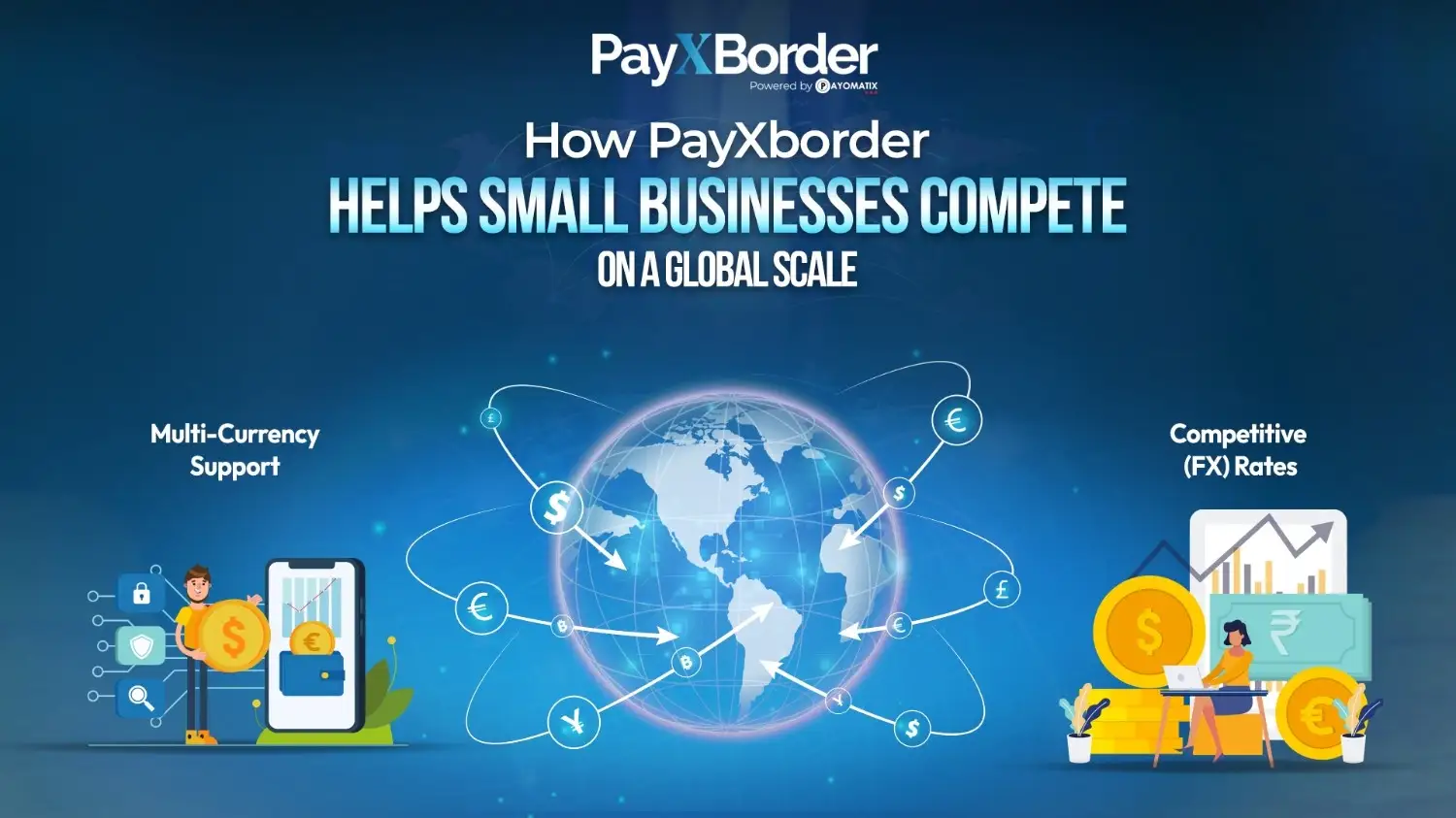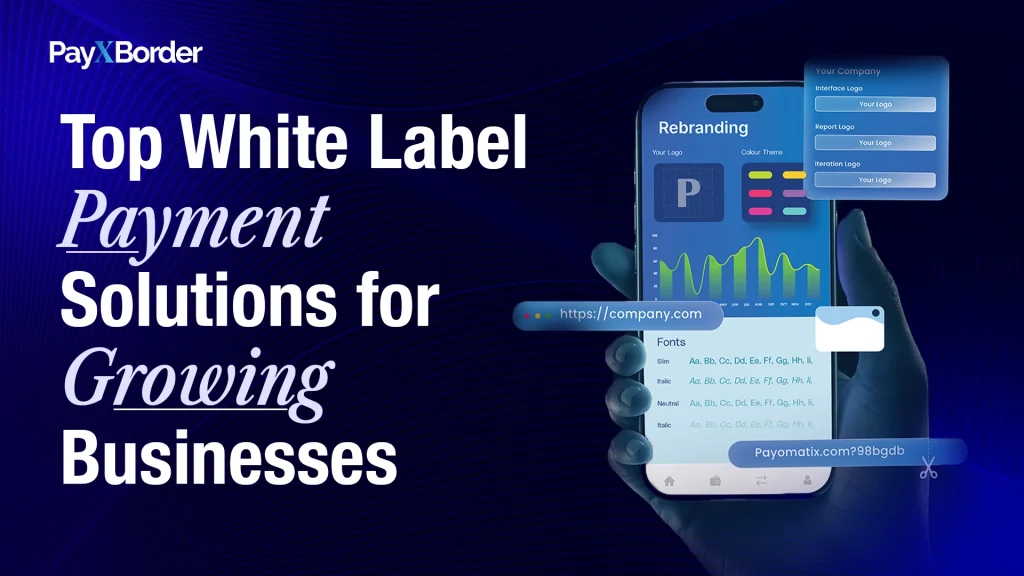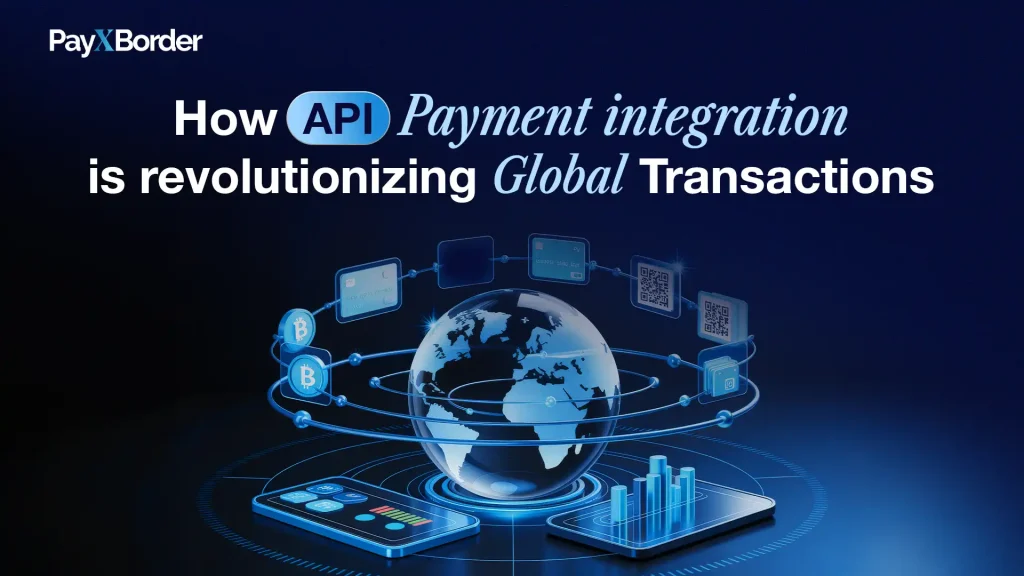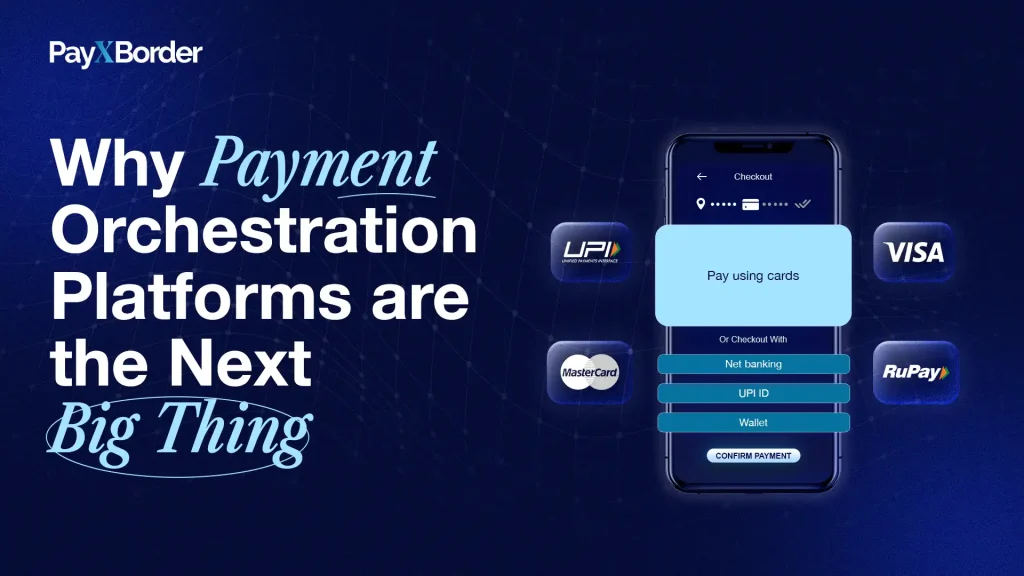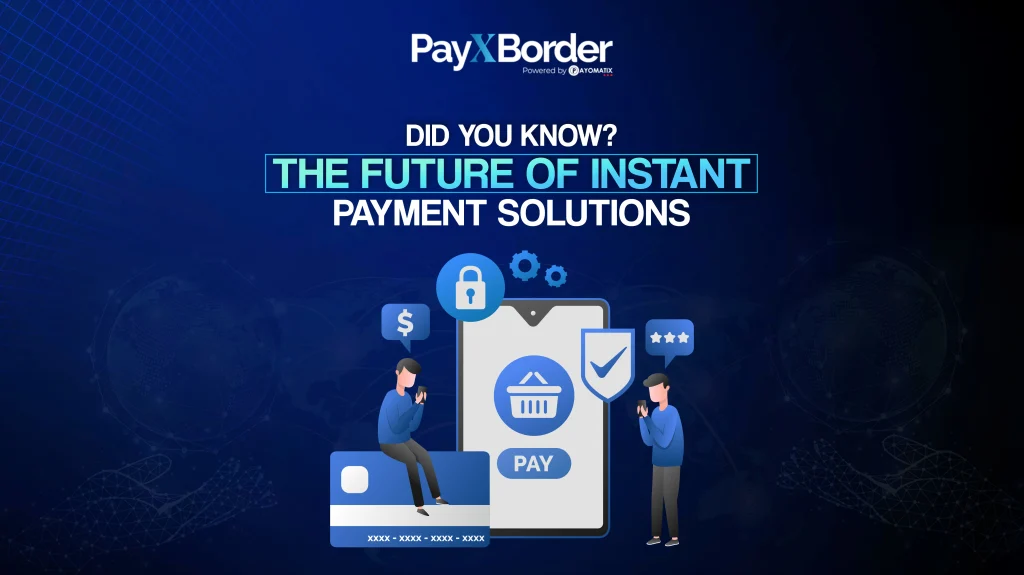In today’s digital economy, small businesses have unprecedented opportunities to reach international markets. However, managing cross-border payments presents significant challenges, including high transaction fees, slow processing times, regulatory complexities, and fluctuating currency exchange rates.
For small businesses, these hurdles can slow down growth and limit their ability to compete with larger enterprises that have more resources. Fortunately, PayXborder provides a cutting-edge payment solution designed to help small businesses expand globally while minimizing costs and optimizing efficiency.
The Growing Importance of Cross-Border Payments
Cross-border payments are the backbone of global trade. According to the World Trade Organization (WTO), cross-border e-commerce has grown exponentially, with small and medium-sized enterprises (SMEs) representing a significant share of online sales worldwide. Yet, despite this opportunity, traditional banking systems often impose excessive costs and processing delays, making it harder for small businesses to scale internationally.
With the rise of digital commerce, businesses must adapt to new payment models that facilitate global transactions efficiently. The ability to send and receive funds seamlessly across different currencies is no longer a luxury but a necessity for any company looking to expand internationally.
Challenges Small Businesses Face in Cross-Border Payments
Before we dive into how PayXborder transforms the cross-border payment experience, let’s explore some of the key challenges small businesses encounter:
1. High Transaction Costs
Many traditional financial institutions charge excessive fees, including conversion fees, intermediary bank charges, and sometimes hidden costs that quickly eat into profits. For small businesses operating on tight margins, these expenses make international expansion difficult.
2. Delays in Payment Processing
Time-sensitive transactions often suffer from long settlement periods. Traditional international payments can take days or even weeks, affecting cash flow and disrupting business operations.
3. Currency Exchange Risks
Fluctuating exchange rates add uncertainty to cross-border transactions. Businesses often struggle to predict how much they will receive after currency conversion, making financial planning more challenging.
4. Complex Regulatory Compliance
Every country has different regulatory frameworks for financial transactions. Navigating compliance requirements, including Know Your Customer (KYC) and Anti-Money Laundering (AML) policies, can be overwhelming and time-consuming for small businesses.
5. Lack of Payment Transparency
Limited visibility into payment statuses makes it difficult to track transactions and manage finances effectively. Small businesses need real-time tracking to ensure they receive payments on time.
How PayXborder Empowers Small Businesses
PayXborder is designed to address these pain points, providing businesses with an efficient, cost-effective, and user-friendly cross-border payment solution. Here’s how PayXborder makes a difference:
1. Cost-Effective Payment Solutions
Unlike traditional banking services that charge excessive fees, PayXborder offers a transparent pricing structure with lower transaction costs. Small businesses can make international transactions without worrying about hidden charges, helping them retain more of their revenue.
2. Faster Payment Processing
Speed is critical in international trade. PayXborder leverages advanced payment technologies to process cross-border transactions in hours instead of days. This improved efficiency ensures businesses maintain steady cash flow and meet supplier and operational demands on time.
3. Multi-Currency Support with Real-Time Conversion
PayXborder allows businesses to accept and send payments in multiple currencies, providing real-time exchange rate transparency. By minimizing currency conversion fees and eliminating uncertainty, businesses can operate confidently in global markets.
4. Regulatory Compliance Made Simple
Understanding and adhering to international financial regulations is a challenge for small businesses. PayXborder automates compliance checks, including KYC and AML verification, ensuring businesses meet regulatory requirements without unnecessary administrative burdens.
5. Enhanced Payment Transparency & Tracking
With PayXborder’s real-time tracking feature, businesses can monitor transactions at every step. This transparency improves financial planning, reduces uncertainty, and ensures smoother international operations.
Trends Shaping the Future of Cross-Border Payments
1. Rise of Digital Wallets & Mobile Payments
Mobile payments and digital wallets are becoming more prevalent, providing faster and more secure ways to process transactions. PayXborder is integrating with leading mobile payment solutions to enhance user convenience.
2. Blockchain & Cryptocurrency Adoption
Blockchain technology is reshaping the financial sector by enabling near-instant, low-cost international payments without intermediaries. While mainstream adoption is still in progress, PayXborder is monitoring these trends to incorporate blockchain solutions in the future.
3. Artificial Intelligence for Fraud Prevention
With the increasing volume of online transactions, fraud prevention is a top concern. PayXborder uses AI-driven tools to detect suspicious activities, monitor transactions in real time, and predict potential security risks.
4. Embedded Finance & API Integrations
Businesses are looking for seamless financial solutions that integrate directly with their existing software. PayXborder provides API integrations that allow businesses to embed payment functionalities into their platforms, reducing manual work and streamlining payment processes.
Overcoming Cross-Border Payment Challenges with PayXborder
Small businesses no longer need to be held back by traditional banking inefficiencies. By leveraging PayXborder’s innovative solutions, businesses can:
- Reduce costs by avoiding high banking fees and hidden charges.
- Speed up transactions with faster payment processing.
- Manage currency risks with real-time exchange rates.
- Ensure compliance with automated regulatory checks.
- Gain financial transparency with real-time payment tracking.
Conclusion: Expand Your Business Globally with Confidence
In today’s highly competitive global market, small businesses need reliable, affordable, and efficient cross-border payment solutions. PayXborder provides all these features, making international transactions simple, cost-effective, and seamless.
By using PayXborder, small businesses can focus on growth and innovation instead of worrying about payment complexities. Whether you’re a startup looking to scale globally or an established business seeking better financial solutions, PayXborder is your trusted partner for success in international markets.
Start leveraging PayXborder today and take your business to new heights!

